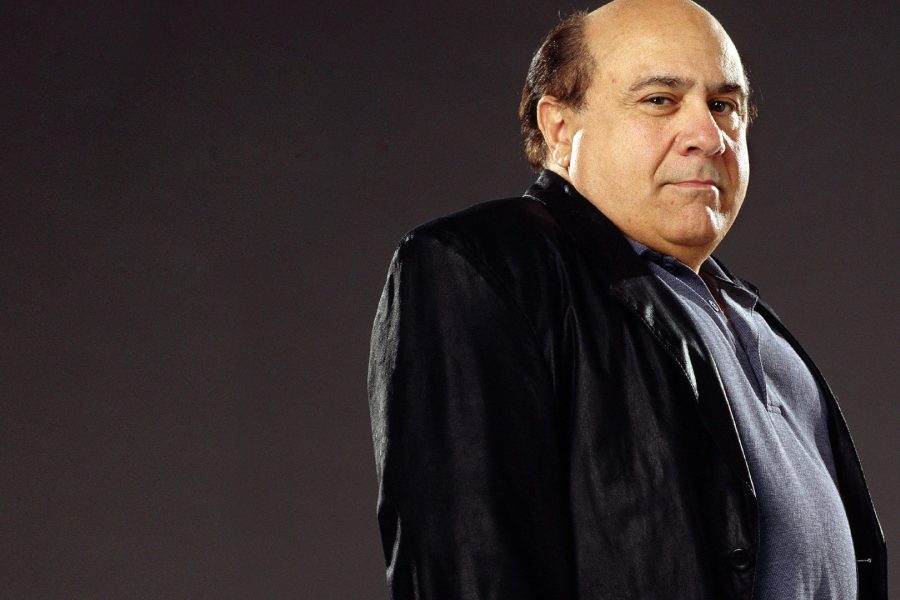Making a scientific discovery requires extraordinary knowledge, ability, skill, and hard work. And a little luck. Below is a list of ten scientific inventions that were made by chance.
1. Smart Dust

When a silicon chip created by graduate student Jamie Link broke into pieces but continued to function, a network of small wireless microelectromechanical systems (MEMS), or "smart dust," was invented.
2. Penicillin

Penicillin was discovered by biologist Alexander Fleming when a fungus colonized a culture of staphylococci he had left in his laboratory and completely destroyed it.
3. Velcro fastener

Georges de Mestral, an engineer from Switzerland, noticed the structure of burdock fruits that had clung to his trousers. This is how the Velcro fastener appeared, which caught the eye of NASA. Such fasteners are now used to secure objects in zero-gravity conditions, and also as parts of flight suits.
4. Microwave oven

When American engineer Percy Spencer, who worked for Raytheon, passed by a magnetron device, a chocolate bar melted in his pocket. Thus, the device, which generates microwaves due to the interaction of a magnetic field and a flow of electrons, became the basis for the invention of the microwave oven.
5. Radioactivity
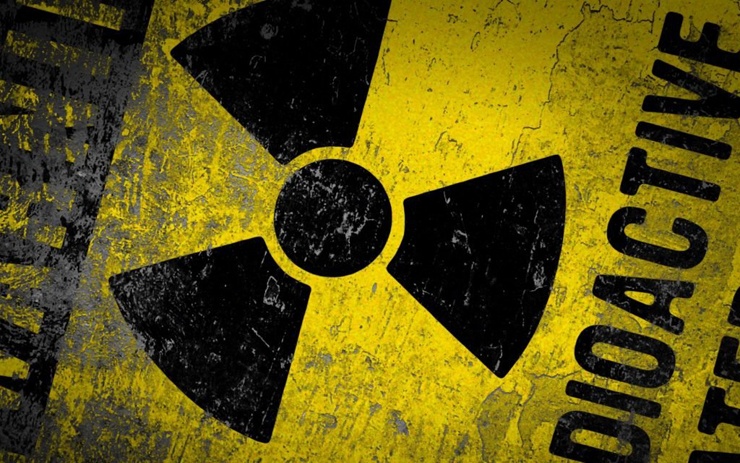
Radioactive radiation was discovered by Henri Becquerel, who accidentally wrapped photographic plates prepared for an experiment together with a crystal of potassium uranyl sulfate. A few days later, the plates were exposed to light.
6. Relic radiation

Radio astronomers Arno Penzias and Robert Wilson built an antenna for experiments in satellite communications that had an inexplicably high noise temperature. It was only after talking to astrophysicist Robert Dicke that the scientists realized they had discovered the cosmic microwave background radiation. The discovery was awarded the Nobel Prize.
7. Teflon
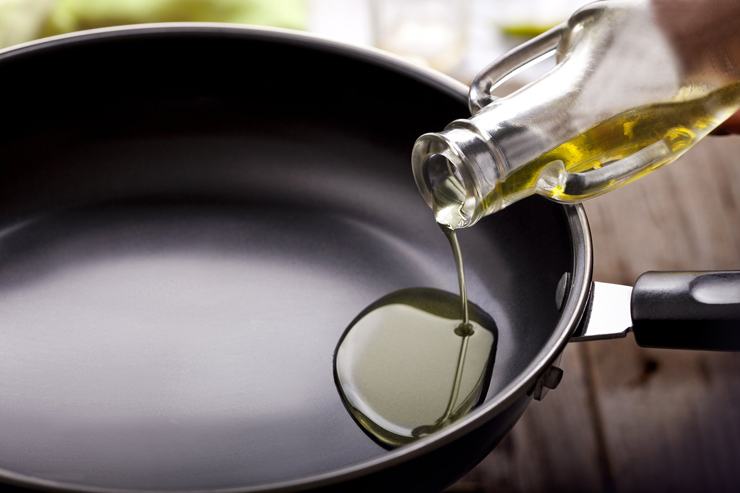
Teflon, or polytetrafluoroethylene, was discovered by American chemist Roy Plunkett in April 1938, when tetrafluoroethylene gas he pumped into cylinders under pressure polymerized into a white paraffin-like substance.
8. Vulcanization of rubber
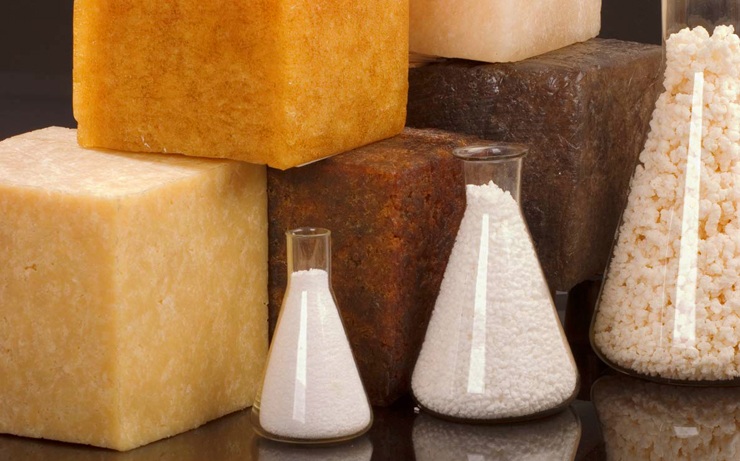
In the 1830s, natural rubber became quite popular as a material for making waterproof shoes, but it quickly disappointed consumers, as it could not withstand either frost or heat. Researcher Charles Goodyear did not agree that rubber had no future. He began to look for a way to improve it. The experiments conducted by the self-taught chemist did not bring the desired result: all his products were unstable at high temperatures and turned into a liquid substance when heated. Until in 1839, a drop of the mixture of rubber and sulfur he had prepared accidentally fell on a hot stove, transforming into a fairly strong and elastic rubber.
9. "Coca-Cola"
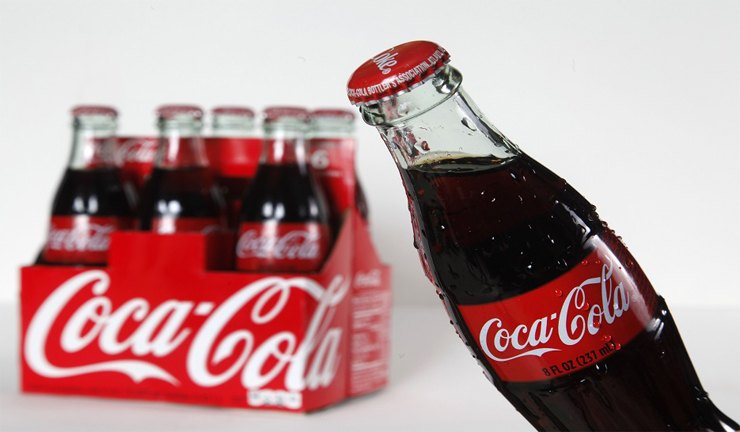
Coca-Cola was invented by pharmacist John Pemberton, who was looking for a cure for headaches. He created a mixture of coca leaves, cola nuts, and damiana leaves. Later, the scientist's assistant accidentally mixed the drug with carbonated water, thereby creating the world's favorite drink.
10. Viagra
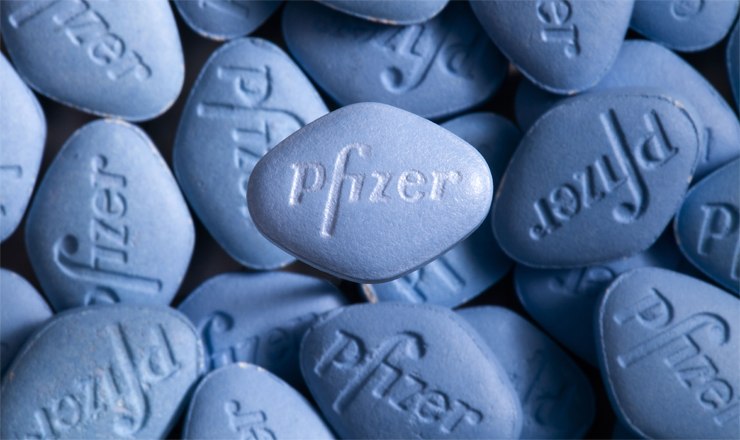
Viagra was initially developed by pharmacists from the American company Pfizer as a drug to improve coronary blood supply in the myocardium, as well as to treat angina and ischemic heart disease. However, in 1992, after clinical trials, it was discovered that the new synthesized drug was not effective enough in treating angina, but had another feature - it caused an increase in erectile function in men.
11. Shatterproof glass
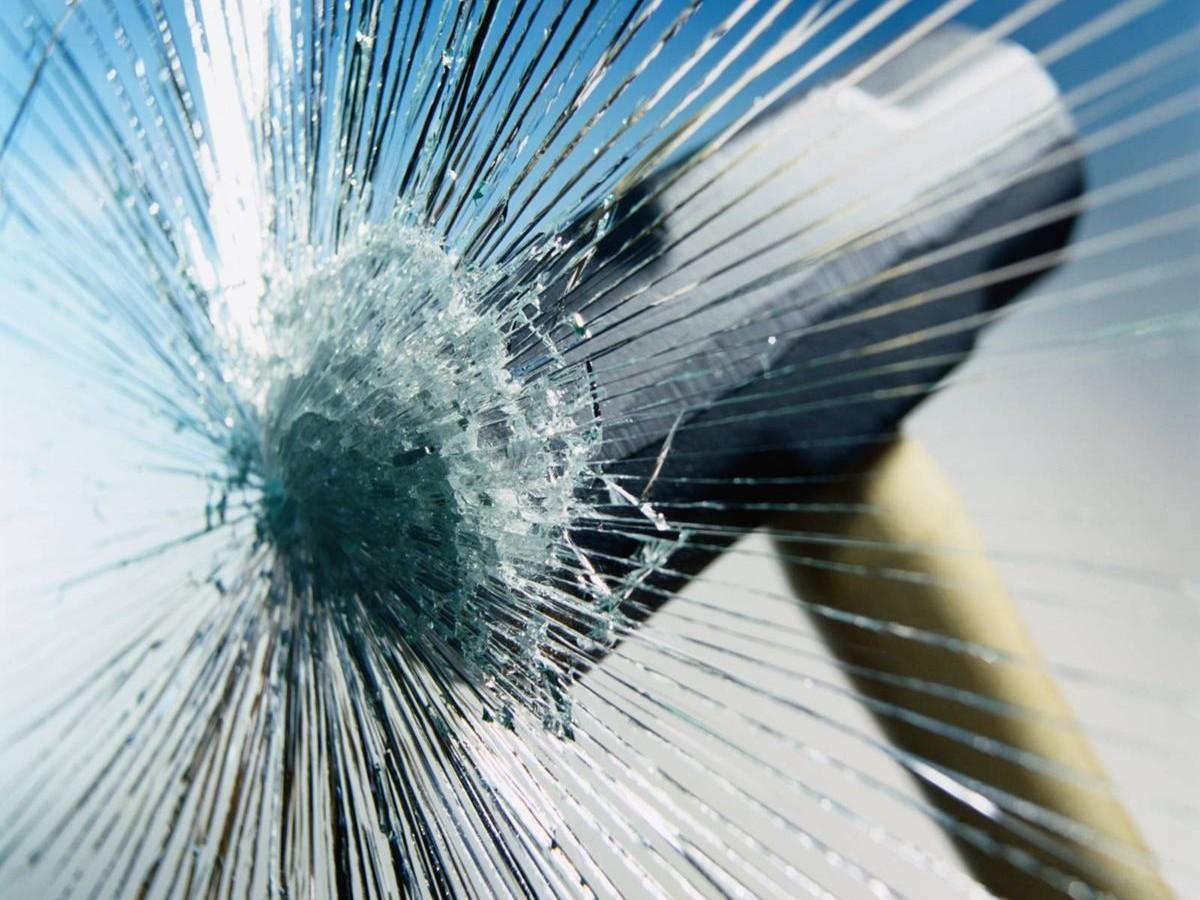
Another scientist's carelessness led to another discovery. Frenchman Edouard Benedictus dropped a test tube of cellulose nitrate solution on the floor. It broke, but did not shatter into pieces. Cellulose nitrate became the basis for the first shatterproof glass, which is now essential to the automobile industry.
12. Dynamite
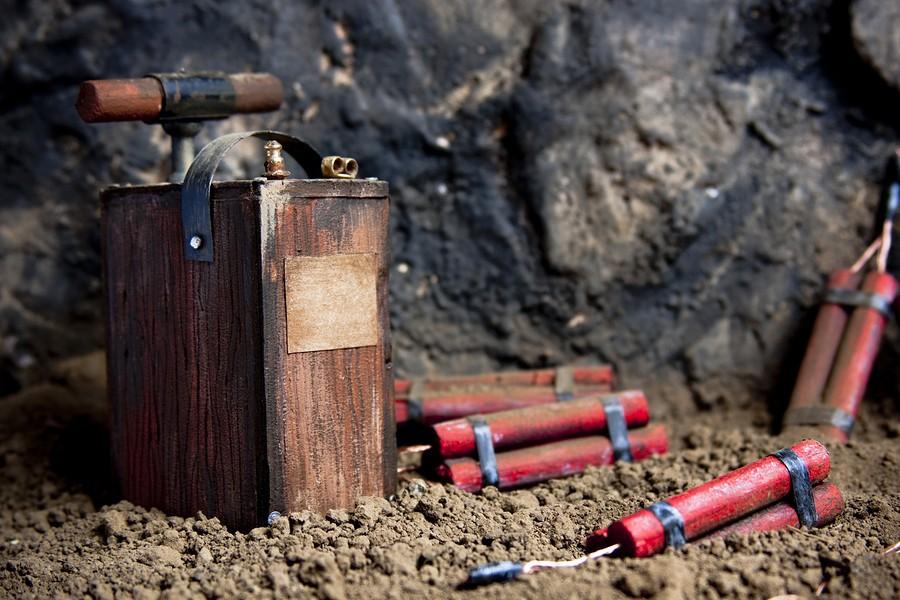
While working with nitroglycerin, which was extremely unstable, Alfred Nobel accidentally dropped the test tube from his hands. But there was no explosion: after spilling, the nitroglycerin was absorbed into the wood shavings that covered the laboratory floor. Thus, the future father of the Nobel Prize realized that nitroglycerin must be mixed with an inert substance - and he got dynamite.
13. LSD

Initially, lysergic acid diethylamide was planned to be used in pharmacology (hardly anyone remembers how exactly). In November 1943, Albert Hoffman experienced strange sensations while working with the chemical. He described them as follows: "I observed a very bright light, streams of fantastic images of unreal beauty, accompanied by an intense kaleidoscopic set of colors." Thus, Albert Hoffman gave the world a dubious gift.
14. Pacemaker
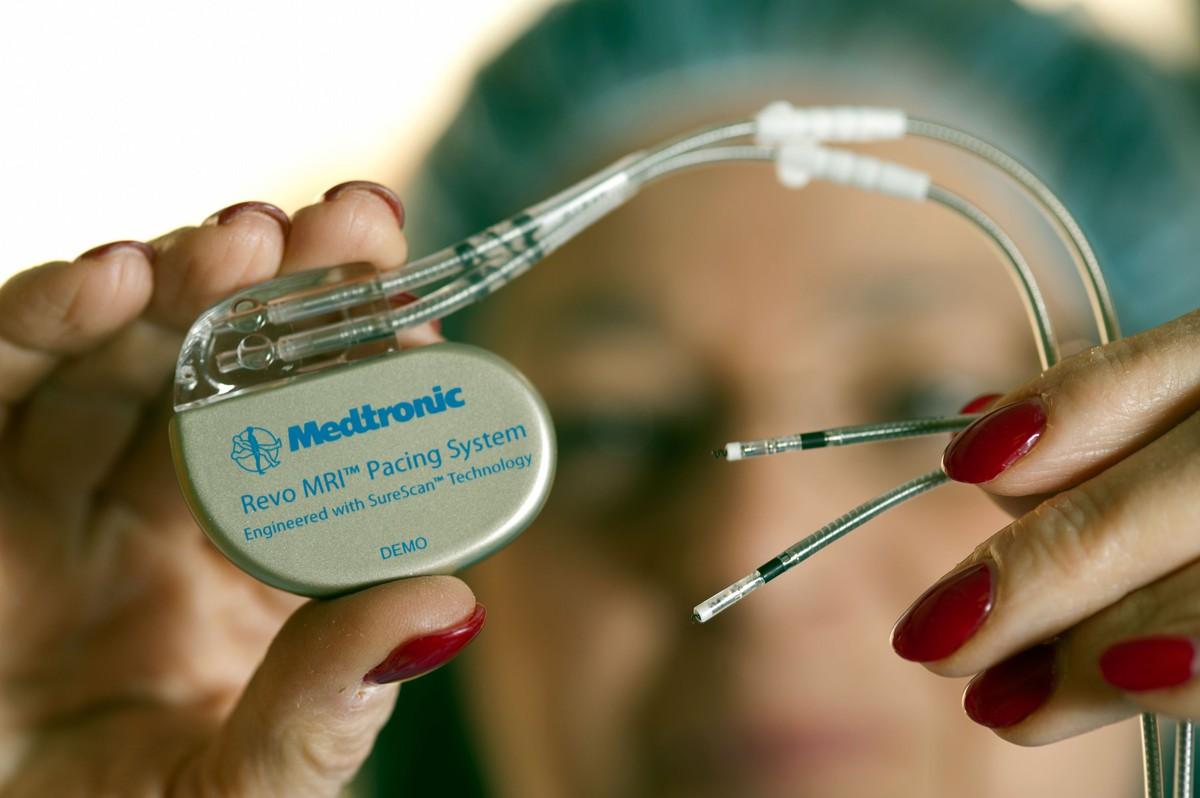
In 1956, Wilson Greatbatch was developing a device to record heartbeats. By accidentally installing the wrong resistor in the device, he discovered that it was producing electrical impulses. This is how the idea of electrical stimulation of the heart was born. In May 1958, the first pacemaker was implanted in a dog.
15. Sugar substitute

In fact, Konstantin Fahlberg studied coal tar. One day (his mother apparently didn't teach him to wash his hands before eating), he noticed that a bun seemed very sweet to him for some reason. Returning to the lab and tasting everything, he found the source. In 1884, Fahlberg patented saccharin and began mass-producing it.
16. Cornflakes
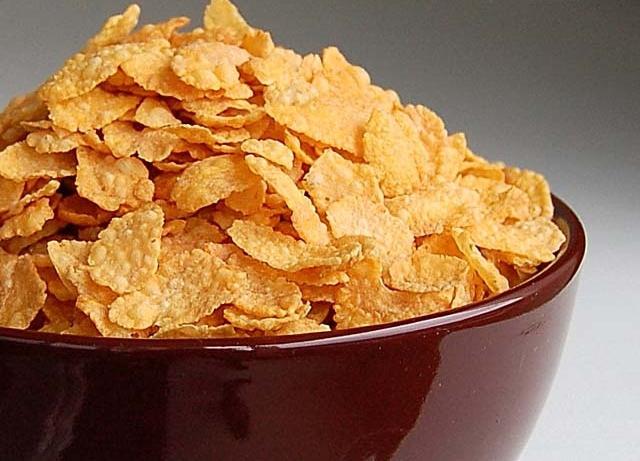
Keith Kellogg was helping his brother, who worked at the Battle Creek Sanitarium. One day, while making cornmeal bread, they had to leave. The dough was spoiled and lumpy, but they decided to bake bread anyway. Those lumps turned out crispy and became a real hit among the patients of the sanitarium.
17. Potato chips

Chef George Croom invented potato chips in 1853, literally to spite one of his demanding customers. When this demanding customer sent him back fried potatoes with the wording "not crispy enough," George Croom cut the potatoes as thin as he could, fried them in oil and salted them well. Thus, potato chips were born.
18. Fireworks

It is no secret that fireworks were invented about 2000 years ago in China. According to legend, accidentally mixing charcoal, sulfur and saltpeter in a bamboo tube produced such a beautiful effect.
19. Plastic
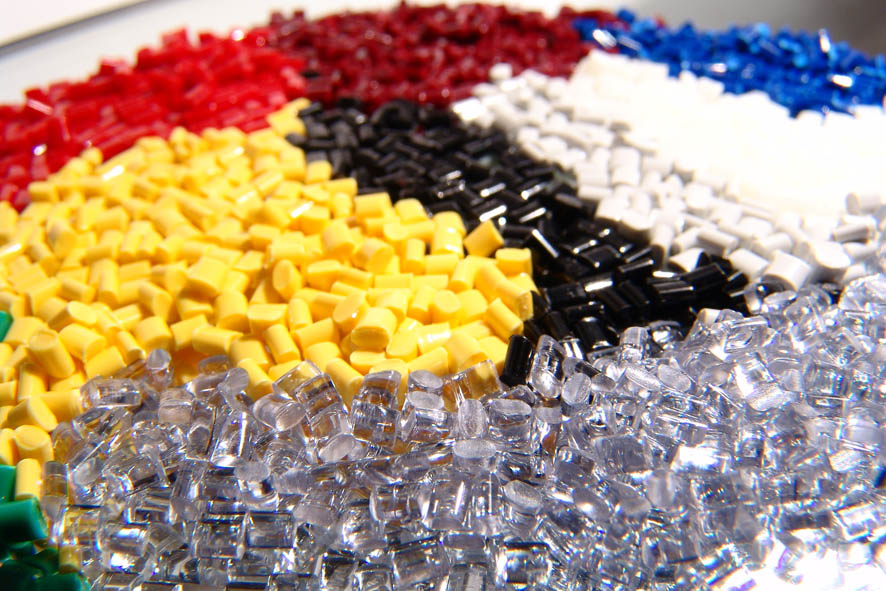
In 1907, Belgian chemist Leo Baekeland set out to find a replacement for shellac. Experimenting with formaldehyde, phenol, their heating temperature and mixing them with wood flour, asbestos, shale dust, he invented plastic - a flexible material, at the same time quite rigid, heat-resistant. The name "plastic" itself appeared later, but we are ready to bet that at arm's length next to you now there is something made of it.
20. Stainless steel

Metallurgists have been wondering for millennia what to add to steel alloys to make them rust-resistant. Many years have passed in this search with varying success. And in 1922, Harry Brearley noticed during experiments that one of the samples had not lost its shine. That very sample of steel alloy with chromium.
21. Fruit ice

In 1905, 11-year-old Frank Ipperson forgot a cup of soda on the porch. It was a cold night, and the temperature below zero did its job. Two decades later, fruit ice became known to many people.
22. Cellophane

In 1908, Jacques Brandenberger, a Swiss chemist working for the textile industry, tried to create a waterproof coating for kitchen tablecloths to protect them from stains. The liquid viscose coating proved too tough for this purpose, but Jacques sensed the potential of the product and suggested using it for food packaging. But it took him another 10 years to design a machine to produce cellophane.
23. Sticky notes - memostickers
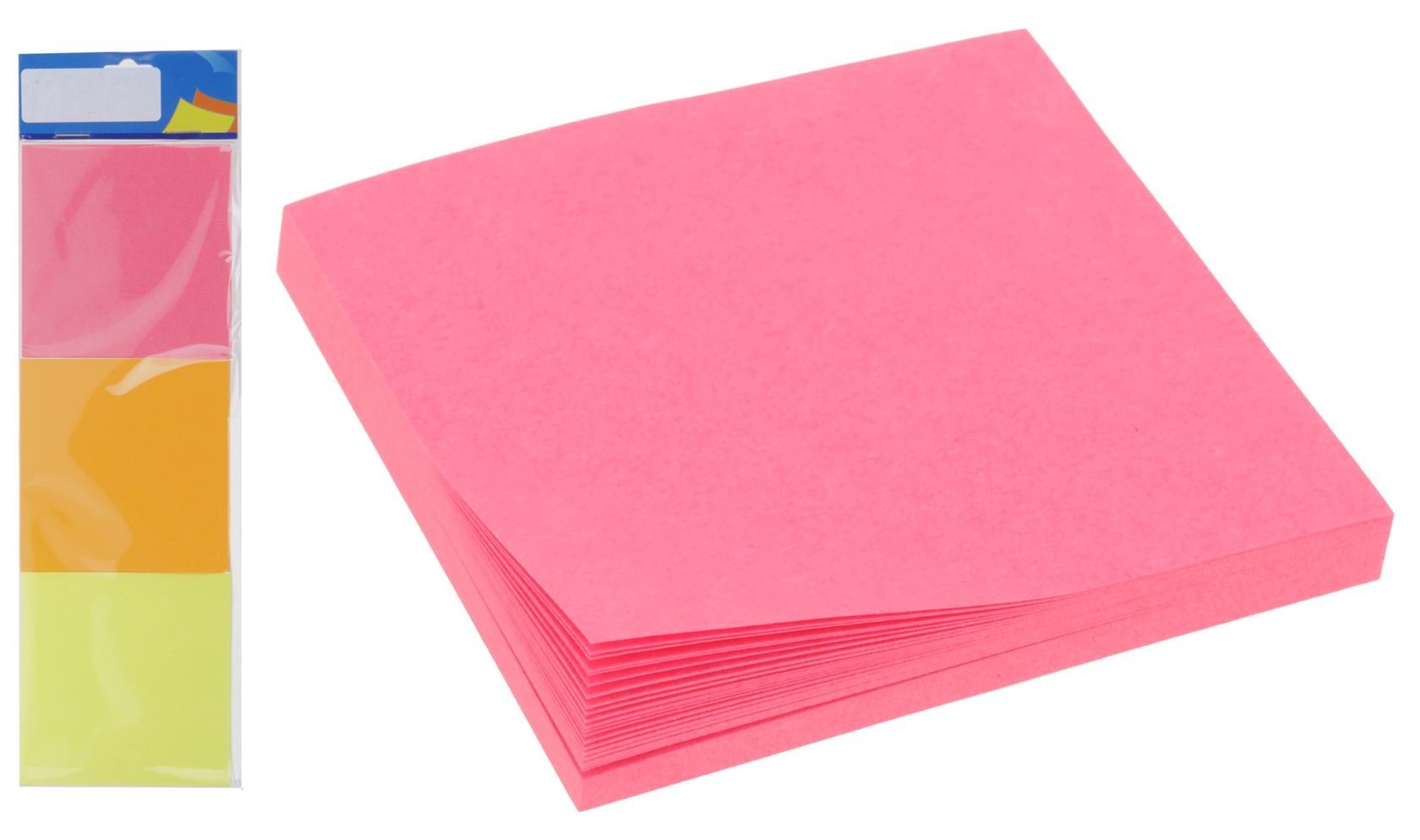
In 1970, Spencer Silver, who worked for 3M (Minnesota, Mining and Manufacturing), tried to develop a super-strong glue. What he managed to get was the complete opposite: the glue was smeared on the surface of the paper, and if it was glued to something, it fell off after a while, leaving no traces on the surface. Four years later, an employee of the same company, Arthur Fry, who sang in a church choir, in order to quickly find the right text, came up with the idea of gluing bookmarks to a book with psalms, smeared with this composition - otherwise they easily fell out of it. Since 1980 - the beginning of the release of post-it notes - to this day - it is one of the most popular office products.
24. Scotchgard protective material

In 1953, Patsy Sherman, an employee of the same 3M corporation, was working on a rubber material that had to withstand contact with aviation fuel. A careless lab technician spilled one of her experimental compounds on her new tennis shoes. At first, she was upset because she could not clean it off her shoes with soap or alcohol.
But this failure also inspired Sherman. She got to work and a year later the now well-known Scotchgard product came to market, which protects surfaces from dirt – both fabrics and cars.
25. Matches

People have been looking for easy ways to make fire for a long time. In 1826, the English chemist and pharmacist John Walker invented the first really convenient method - sulfur matches, and he did it completely by accident. One day he was mixing chemicals with a stick, and a dried drop formed at the end of the stick. To remove it, he scratched the stick on the floor. Fire broke out! Walker immediately appreciated the practical value of his discovery and began experimenting and then producing matches. One box contained 50 matches and cost 1 shilling. Each box came with a piece of sandpaper folded in half.









